
Future directions of healthcare policy in South East Asia
South East Asia is a very broadly used term and for the purposes of this article, we are focusing on the Association of South East Asian Nations (ASEAN), which comprises of Malaysia, Singapore, Thailand, Indonesia, Philippines, Vietnam, Cambodia, Laos, Myanmar and Brunei. The social, cultural, religious, economic, political and infrastructural fabrics of these nations vary significantly, making this region both extremely diverse and disparate. Setting this context allows us to understand and appreciate the variability in access, affordability and quality of healthcare across this region.
World Health Organization data suggests that there has been a significant growth in regional healthcare expenditure over the last two decades in this region. However, the average healthcare expenditure is 4% of GDP in ASEAN as compared to approximately 9% for OECD countries. This is not sustainable given that increasing population, improving life expectancy, rising affluence and changing customer expectations are placing additional pressures on healthcare policy makers to provide improved access to quality and affordable healthcare.
Our research shows that Singapore has the more mature healthcare system in ASEAN with Brunei, Malaysia and Thailand following close. At the other end of the spectrum are countries like Laos, Cambodia and Myanmar where the provision of healthcare is highly challenged.
‘Underdeveloped’ health systems are challenged with minimal healthcare infrastructure and investment. Limited access to both healthcare workforce and care settings implies a lower quality and standard of care in these countries. ‘Developing’ health systems provide basic infrastructure and access to basic provision of care. While there is an increased public contribution to healthcare financing, these systems are still largely out-of-pocket driven. We anticipate policy talks for countries in this bracket to focus largely on increased public financing to make healthcare affordable for a larger segment of the population. Vietnam and Philippines are talking about universal health coverage and insurance schemes. Indonesia has implemented universal health coverage at the beginning of this year.
We also expect to see continuous investments in healthcare infrastructure and workforce to help provide wider access to quality care. As we progress towards ‘maturing’ health systems, we find that the healthcare infrastructure is fairly developed and there is wider access to improved standard of care.
One way might be able to consider policies that encourage private contributions to healthcare. ‘Mature’ health systems provide advanced healthcare infrastructure. There is extensive access to quality healthcare and highly sophisticated consumer buying patterns emerge. We observe that public policy starts to create a rebalancing of public and private healthcare financing by encouraging or mandating private contributions to healthcare. In the future, we anticipate ‘mature’ countries like Singapore to consider innovative strategies to help drive down the overall healthcare expenditure. Investing in wellness programs would help spread awareness on preventative and not reactive healthcare and in turn help drive down healthcare costs. We anticipate that we will continue to see that policies will be heavily dependent on the stage of maturity of the health system and the specific healthcare needs in each country.
by David McKeering
PwC South East Asia Consulting (SEAC)
Public Sector and Healthcare Leader







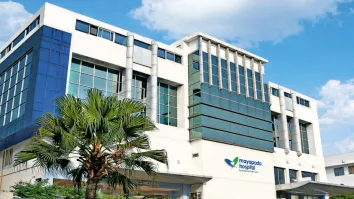

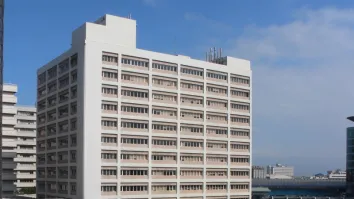

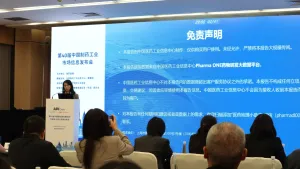

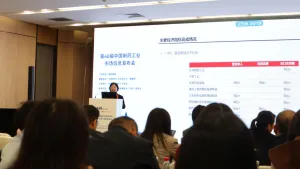



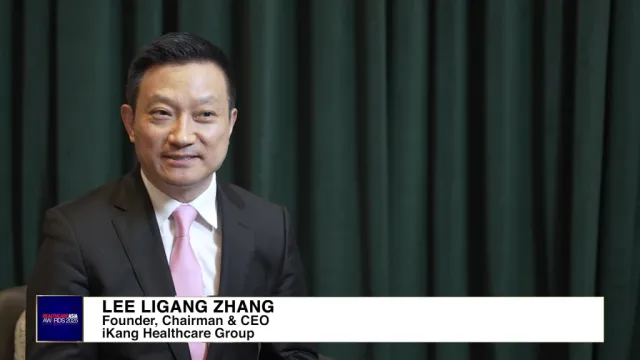

 Advertise
Advertise





